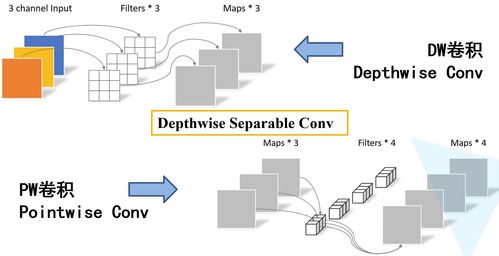Understanding Google Ads: A Comprehensive Guide

Google Ads, formerly known as Google AdWords, is a powerful online advertising platform that allows businesses to promote their products and services to a vast audience. Whether you’re a small startup or a large corporation, Google Ads can help you reach potential customers and drive traffic to your website. In this article, we’ll delve into the various aspects of Google Ads, providing you with a detailed and informative guide.
How Google Ads Works

Google Ads operates on a pay-per-click (PPC) model, meaning you only pay when someone clicks on your ad. When you create an ad, you bid on keywords that are relevant to your business. When someone searches for those keywords, your ad may appear in the search results. The more competitive the keyword, the higher your bid will need to be to secure a top position.
Here’s a simplified breakdown of how Google Ads works:
| Step | Description |
|---|---|
| 1 | Create an account and set up a campaign. |
| 2 | Choose your target audience and set your budget. |
| 3 | Write compelling ad copy and select relevant keywords. |
| 4 | Bid on keywords and set your maximum cost-per-click (CPC). |
| 5 | Monitor your campaign’s performance and adjust as needed. |
Types of Google Ads

Google Ads offers various ad formats to suit different marketing goals. Here are some of the most common types:
-
Search Ads: These appear at the top of Google’s search results when someone searches for relevant keywords. They include a headline, a description, and a display URL.
-
Display Ads: These are image-based ads that appear on websites and apps that are part of the Google Display Network. They can be used to reach a broader audience and increase brand awareness.
-
Shopping Ads: These are product-based ads that appear when someone searches for products similar to those you offer. They include an image, a price, and a link to your product page.
-
Video Ads: These are video-based ads that can be shown before, during, or after YouTube videos. They are a great way to engage with your audience and tell a story about your brand.
Setting Up Your Google Ads Campaign
Setting up a Google Ads campaign involves several steps. Here’s a brief overview:
-
Go to the Google Ads website and create an account.
-
Choose a campaign type based on your marketing goals.
-
Select your target audience, including location, language, and devices.
-
Set your budget and bidding strategy.
-
Write compelling ad copy and select relevant keywords.
-
Review and launch your campaign.
Optimizing Your Google Ads Campaign
Once your campaign is live, it’s essential to monitor its performance and make adjustments as needed. Here are some tips for optimizing your Google Ads campaign:
-
Analyze your campaign’s performance: Use Google Ads’ reporting tools to track your campaign’s performance, including clicks, impressions, and conversions.
-
Adjust your keywords: Add new keywords and remove underperforming ones to improve your campaign’s relevance and efficiency.
-
Optimize your ad copy: Test different ad variations to see which ones perform best and adjust accordingly.
-
Use ad extensions: Ad extensions can provide additional information about your business, such as phone numbers, location, and links to specific pages on your website.
-
Leverage



